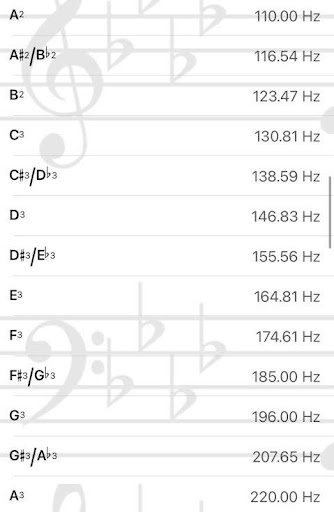Our last blog series focused on physical activity for transgender folx. Today, we start a series on voice and voice training. Jordan Jakomin joins us today to discuss his approach to finding your voice and safely changing your pitch. This week and next week, Jordan provides tools to identify your starting pitch and some exercises for safely moving your pitch higher or lower.

Jordan Jakomin (he/him,) is a queer speech-language pathologist and wellness coach. He’s the owner of Jordan Ross Communication, an online private practice dedicated to making voice and communication training safe, affirming, and empowering for trans and nonbinary people.
Jordan’s career and love for travel have led him to work with the LGBTQIA+ community in schools, hospitals, and private practice clinics across the United States, Spain, and Brazil. He holds a Certificate of Clinical Competence (CCC) from the American Speech-Language Hearing Association (ASHA) and is a member of The World Professional Association for Transgender Health (WPATH). After receiving his B.A. in Communication Sciences and Disorders at Elmhurst College, and interning at Stanford University, he earned his M.S. in Speech-Language Pathology at St. Ambrose University, Iowa.
Safely Changing Pitch: Finding Your Voice
For some trans and nonbinary individuals, their voice may not align with their gender identity and/or gender expression. Speech-language pathologists (SLPs) specializing in gender-affirming voice and communication can play an essential role in helping their clients reduce vocal dysphoria.
The gender-diverse individual should always be the one in control of their voice, while the SLP’s role is to guide them on how to modify pitch, resonance, and intonation. Additional elements of voice training include releasing vocal tension, developing awareness of breathing patterns, and modifying vocal actions like laughing, coughing, sneezing.
In this and next week’s blogs, I’ll guide you through some pitch exercises and helpful apps that you can use for at-home practice. Before we jump into the exercises, it’s important to understand the definition of pitch.
Pitch
Pitch: Refers to how high or low the sound of your voice is perceived and describes how fast your vocal cords vibrate per second. “Hz” is the symbol for “Hertz.” A Hertz is a unit of frequency equal to 1 vibration per second. Sounds made by faster vibrations have more Hertz and are higher in pitch.
So, if you measure your pitch and find out that you’re speaking at 130 Hz (or the note C3 on the piano), it means your vocal cords are vibrating at 130 times per second.

It’s important to know your starting point so you can move your pitch higher or lower without causing vocal tension.
You may experience vocal tension as tightness or discomfort in the muscles around the larynx (voice box) while speaking. If your voice sounds rough, hoarse, or strained, that may also be a sign of vocal tension. A slow and gradual approach to changing your pitch can avoid vocal tension.
Using your voice with excessive muscle tension and inefficient breathing patterns can lead to something called “Muscle Tension Dysphonia”. This can also lead to inflammation or nodules on the vocal folds. This can negatively affect vocal clarity and your ability to project.
I recommend using the app Voice Tools to perform your own mini acoustic analysis. In the “analyze” section of the application, you can record yourself reading out loud, and the app will calculate your average pitch.


In my approach, I categorize pitch into three ranges: low, neutral, and high.
Pitch Categories
Low: 90-140 Hz
Neutral: 140-180 Hz
High: 180-220 HZ
In the example above, the average pitch is around 114 Hz (low zone) which is closest to the note A# on the piano. If this person were seeking a higher or lighter voice, I wouldn’t suggest starting pitch exercises in the high zone because it may cause tension or strain.
A suggested starting point could be the notes D3 (146 Hz), D# (155 Hz), or E3 (164 Hz). You slowly and systematically want to work your way up the scale and stop at a place that feels comfortable and affirming for your unique voice. It’s possible to make it to the high zone (if that is your goal) with time and practice.
The app Voice Tools is available in both the App Store and Google Play.
Next week, Jordan leads us through some pitch exercises intended to help you change your starting pitch safely.
